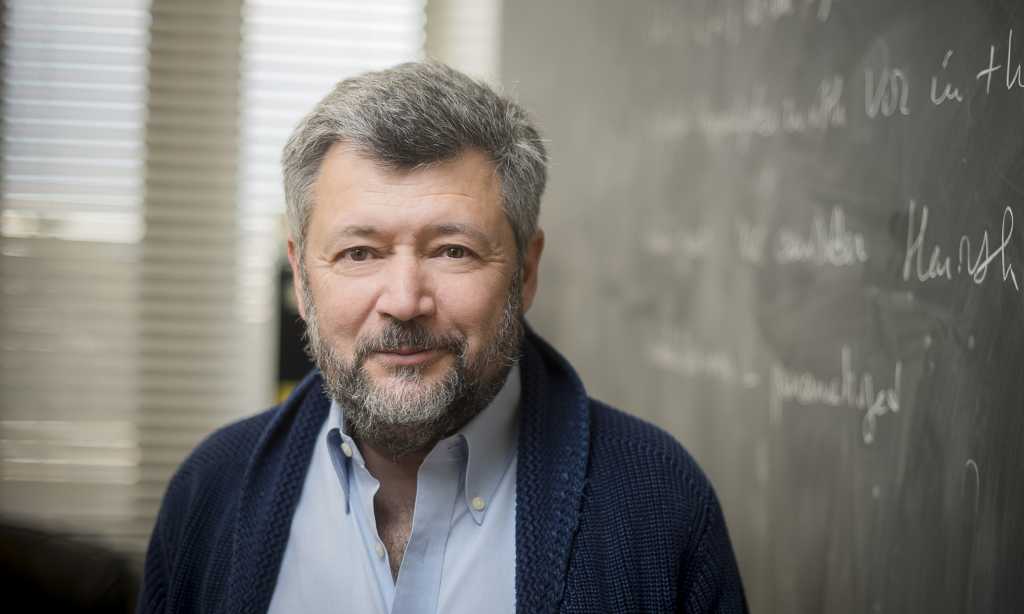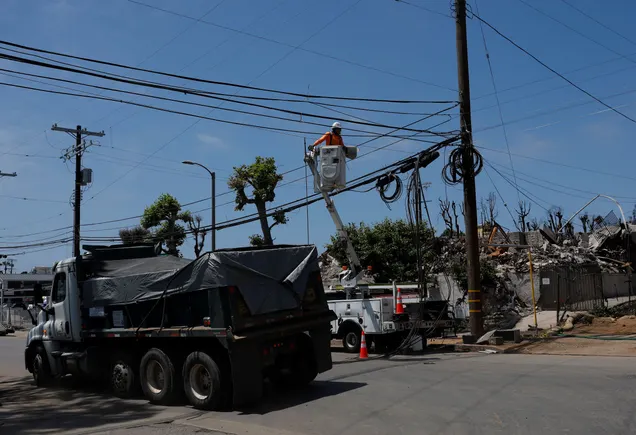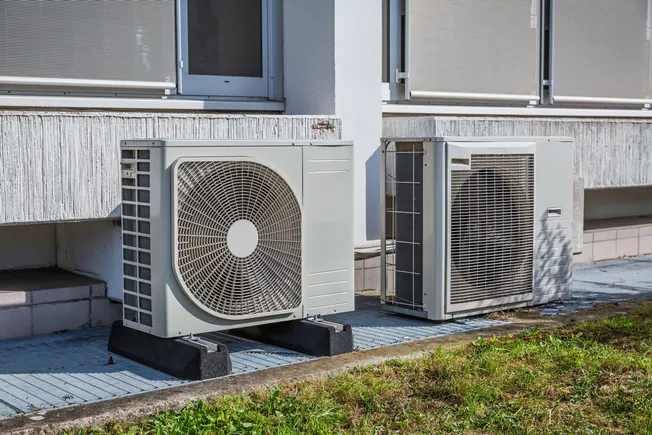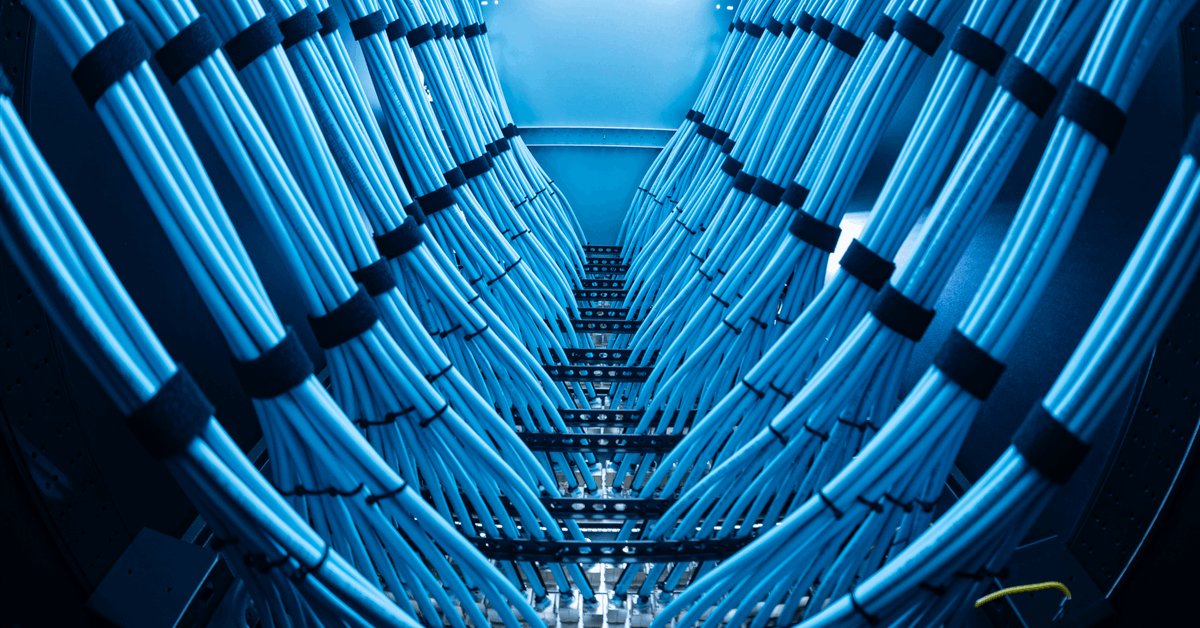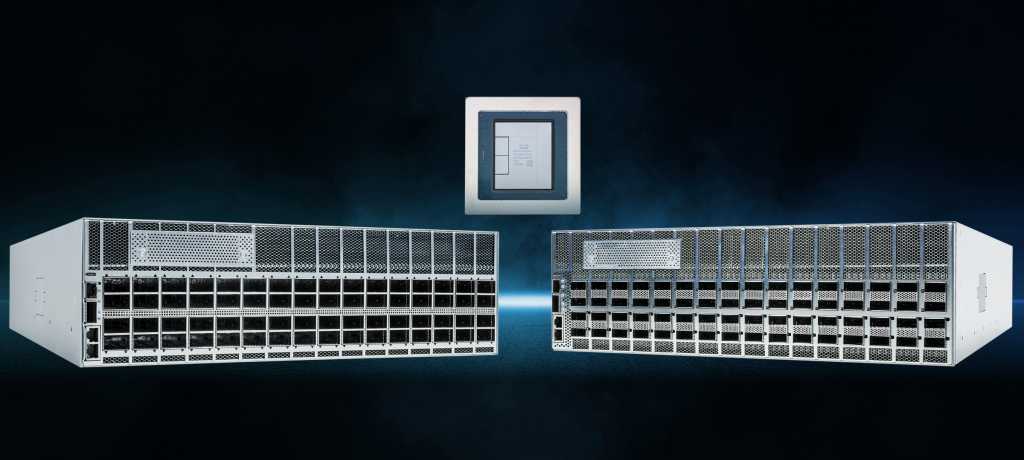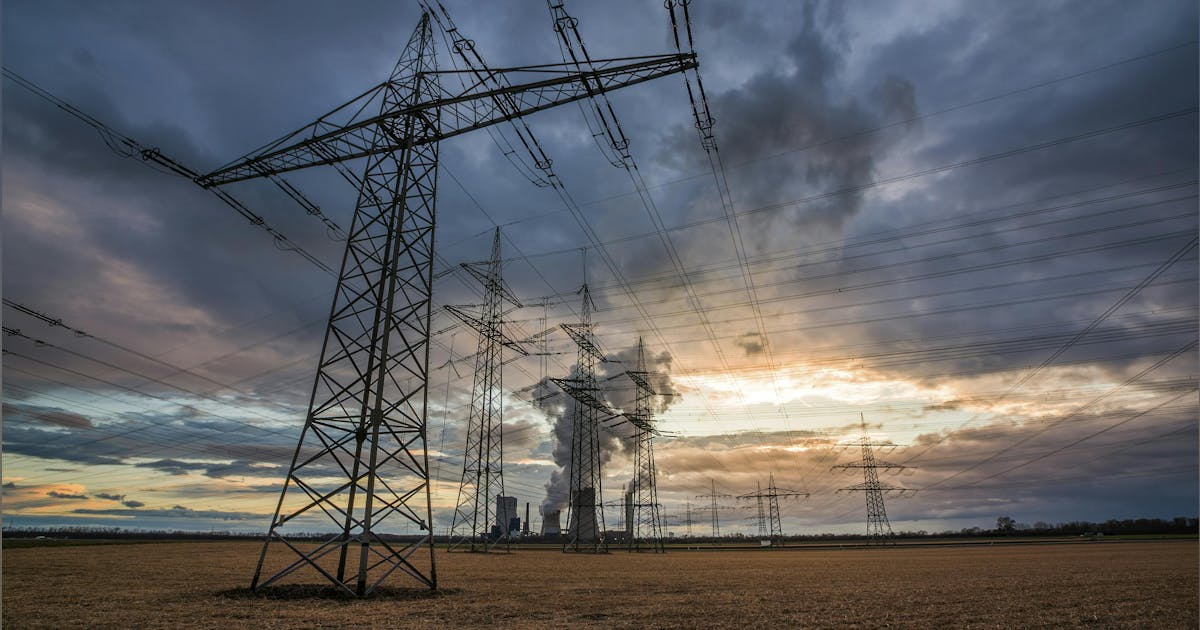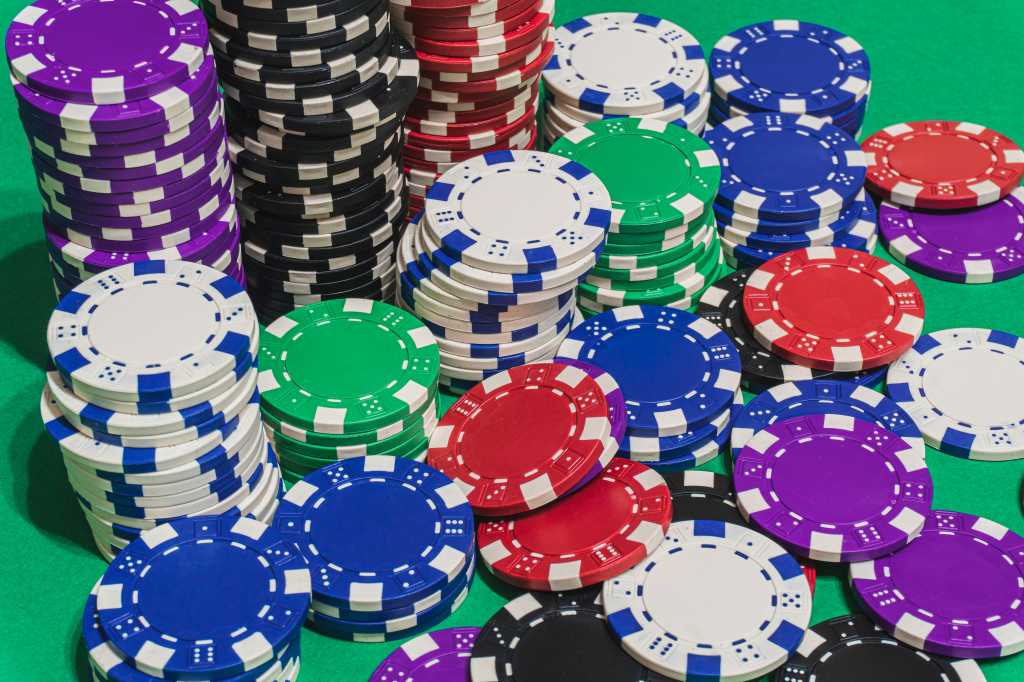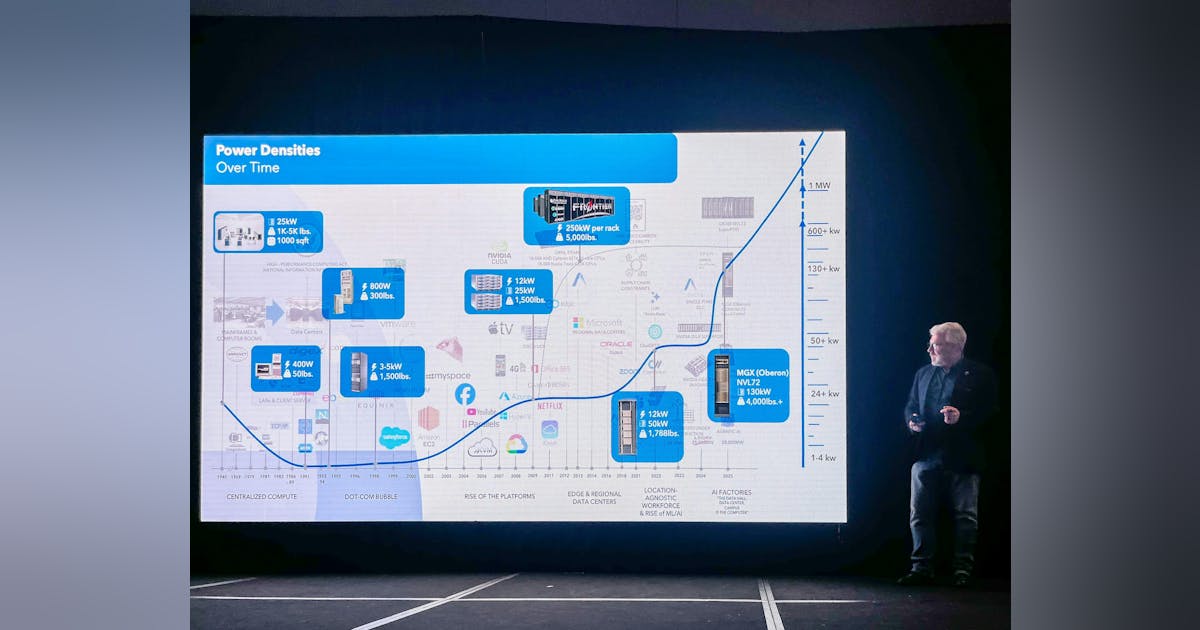
MIT Technology Review Explains: Let our writers untangle the complex, messy world of technology to help you understand what’s coming next. You can read more from the series here.
“Like riding a bike” is shorthand for the remarkable way that our bodies remember how to move. Most of the time when we talk about muscle memory, we’re not talking about the muscles themselves but about the memory of a coordinated movement pattern that lives in the motor neurons, which control our muscles.
Yet in recent years, scientists have discovered that our muscles themselves have a memory for movement and exercise.
When we move a muscle, the movement may appear to begin and end, but all these little changes are actually continuing to happen inside our muscle cells. And the more we move, as with riding a bike or other kinds of exercise, the more those cells begin to make a memory of that exercise.
When we move a muscle, the movement may appear to begin and end, but all these little changes are actually continuing to happen inside our muscle cells.
We all know from experience that a muscle gets bigger and stronger with repeated work. As the pioneering muscle scientist Adam Sharples—a professor at the Norwegian School of Sport Sciences in Oslo and a former professional rugby player in the UK—explained to me, skeletal muscle cells are unique in the human body: They’re long and skinny, like fibers, and have multiple nuclei. The fibers grow larger not by dividing but by recruiting muscle satellite cells—stem cells specific to muscle that are dormant until activated in response to stress or injury—to contribute their own nuclei and support muscle growth and regeneration. Those nuclei often stick around for a while in the muscle fibers, even after periods of inactivity, and there is evidence that they may help accelerate the return to growth once you start training again.
Sharples’s research focuses on what’s called epigenetic muscle memory. “Epigenetic” refers to changes in gene expression that are caused by behavior and environment—the genes themselves don’t change, but the way they work does. In general, exercise switches on genes that help make muscles grow more easily. When you lift weights, for example, small molecules called methyl groups detach from the outside of certain genes, making them more likely to turn on and produce proteins that affect muscle growth (also known as hypertrophy). Those changes persist; if you start lifting weights again, you’ll add muscle mass more quickly than before.
In 2018, Sharples’s muscle lab was the first to show that human skeletal muscle has an epigenetic memory of muscle growth after exercise: Muscle cells are primed to respond more rapidly to exercise in the future, even after a monthslong (and maybe even yearslong) pause. In other words: Your muscles remember how to do it.
Subsequent studies from Sharples and others have replicated similar findings in mice and older humans, offering further supporting evidence of epigenetic muscle memory across species and into later life. Even aging muscles have the capacity to remember when you work out.
At the same time, Sharples points to intriguing new evidence that muscles also remember periods of atrophy—and that young and old muscles remember this differently. While young human muscle seems to have what he calls a “positive” memory of wasting—“in that it recovers well after a first period of atrophy and doesn’t experience greater loss in a repeated atrophy period,” he explains—aged muscle in rats seems to have a more pronounced “negative” memory of atrophy, in which it appears “more susceptible to greater loss and a more exaggerated molecular response when muscle wasting is repeated.” Basically, young muscle tends to bounce back from periods of muscle loss—“ignoring” it, in a sense—while older muscle is more sensitive to it and might be more susceptible to further loss in the future.
Illness can also lead to this kind of “negative” muscle memory; in a study of breast cancer survivors more than a decade after diagnosis and treatment, participants showed an epigenetic muscle profile of people much older than their chronological age. But get this: After five months of aerobic exercise training, participants were able to reset the epigenetic profile of their muscle back toward that of muscle seen in an age-matched control group of healthy women.
What this shows is that “positive” muscle memories can help counteract “negative” ones. The takeaway? Your muscles have their own kind of intelligence. The more you use them, the more they can harness it to become a lasting beneficial resource for your body in the future.
Bonnie Tsui is the author of On Muscle: The Stuff That Moves Us and Why It Matters (Algonquin Books, 2025).




